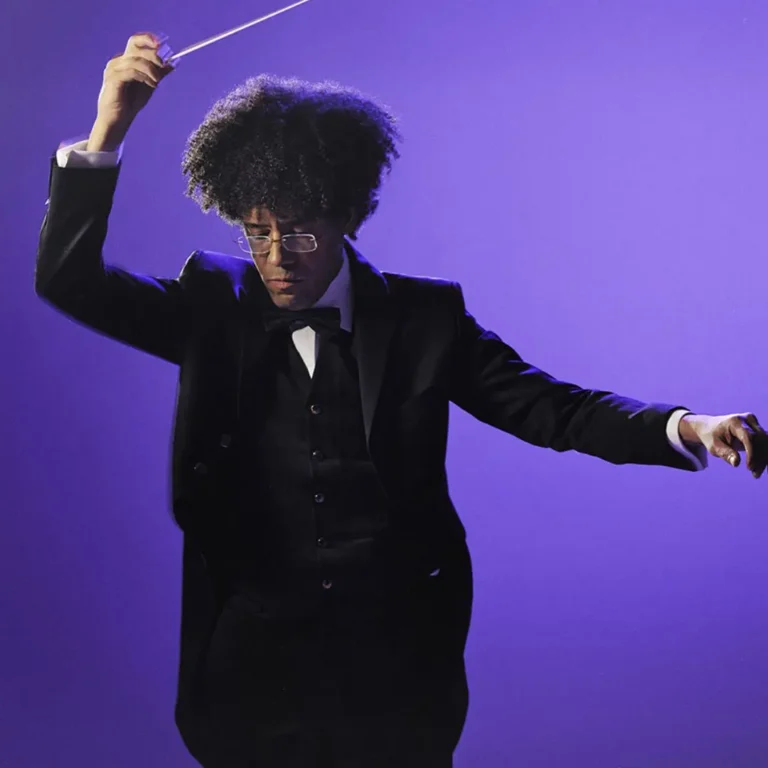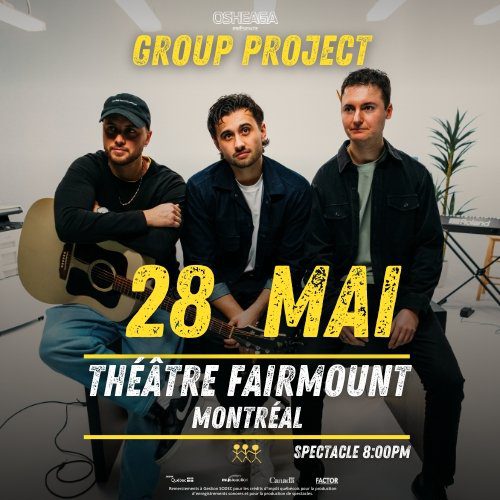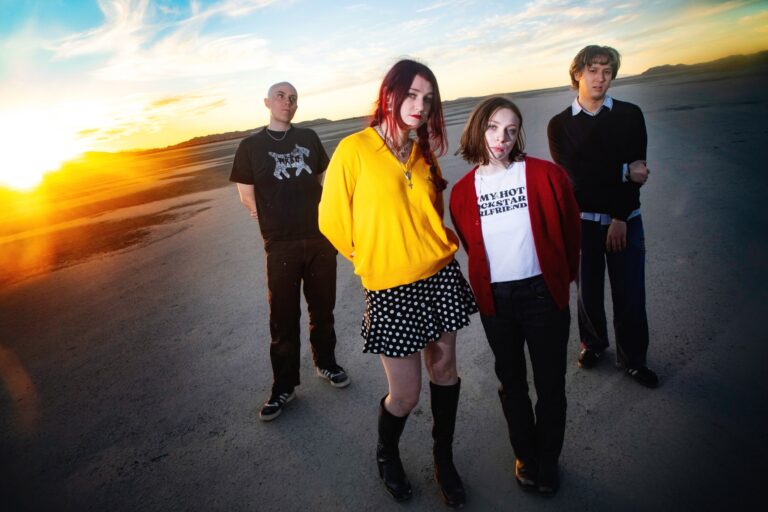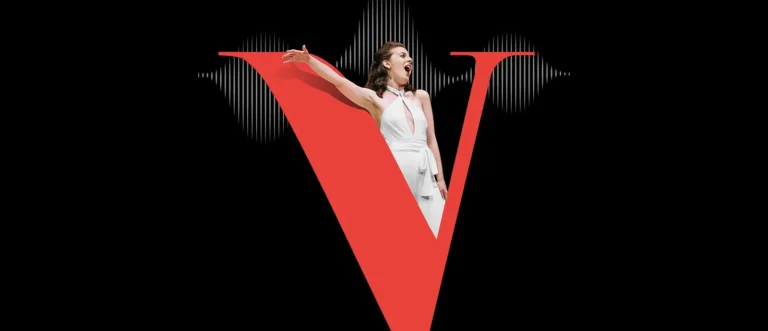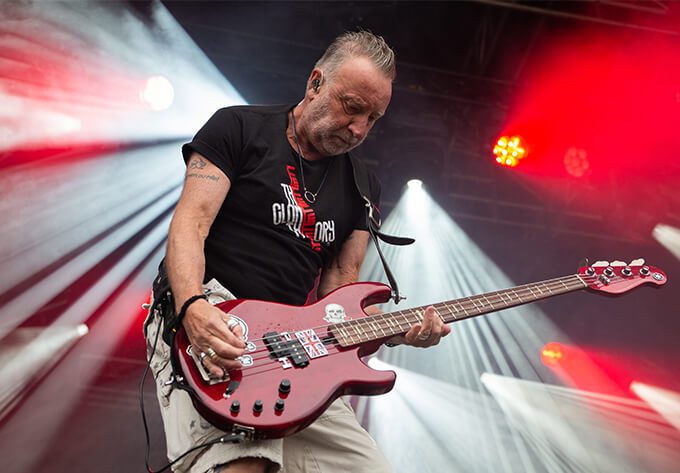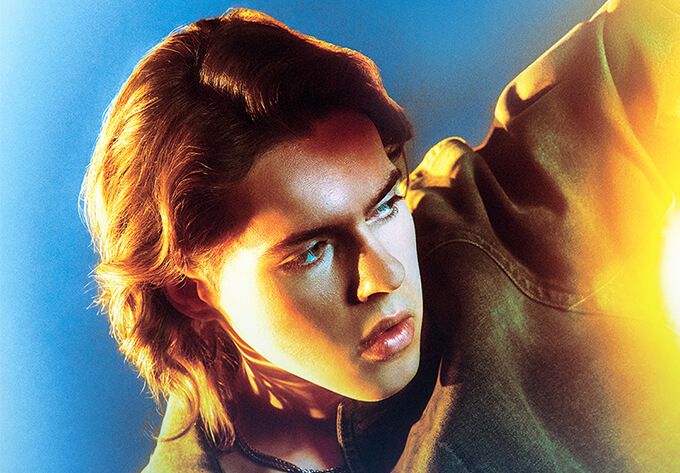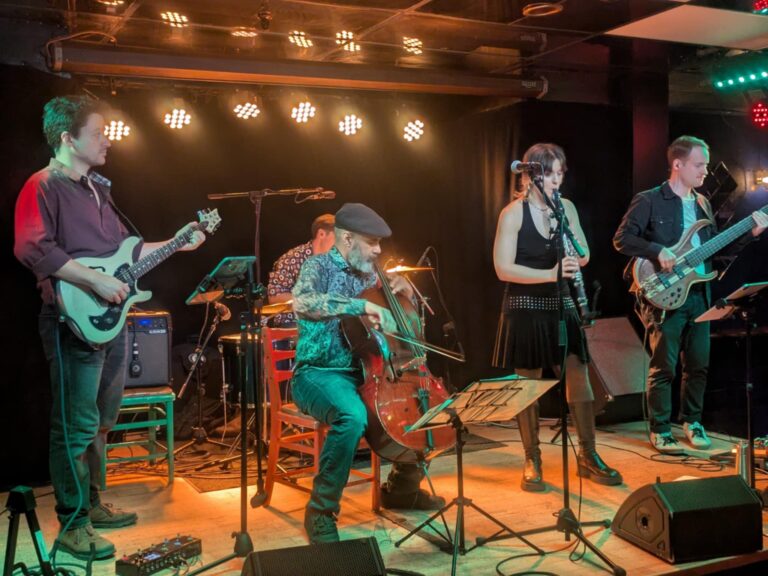The OSM sometimes gives us gifts. Moments of unexpected communion, as was the case on May 22. The concert program featured the closing piece Romeo and Juliet, but it was the journey to get there that was most meaningful.
The concert opened with Maurice Ravel’s Ma mère l’Oye, under the expressive and precise direction of conductor Xian Zhang. This suite of musical tales featured several musicians as soloists. In Les entretiens de la Belle et de la Bête, the famous contrabassoon solo, embodying the clumsy Beast, was brilliantly performed by Michael Sundell, before the disenchanting harp glissando transformed him into a prince.
Then Abel Selaocoe took to the stage to perform Four Spirits, a song about the Sebokeng community where he grew up, accompanied by the orchestra and multi-percussionist Bernhard Schimpelsberger. Selaocoe is a cellist and singer of South African origin, bringing with him an impressive musical baggage.
Through inventive use of extended playing techniques, he explores in depth the rhythmic, melodic and above all timbral potential of the instrument, placing it at the service of expressivity. With his cello, Selaocoe manages to conjure up a plurality of timbres and functions: the instrument becomes in turn the rhythmic echo of his voice, a vocal double, or comes close to a lute or guitar. It is sometimes an accompanist, sometimes the bearer of lyrical flights of fancy, and provides a sensitive extension of his body.
As for his voice, what can I say… First of all, the well-dosed amplification in the Maison Symphonique showcases the breadth of his vocal range and ensures the grandeur of his creativity and dynamic expressions. Here again, he blends several traditions, inserting sweet Southern Sotho and Zulu songs and guttural chants that acoustically fill the hall into a solid vocal control. Together, cello and voice express inspired lyrics with a doubled range of emotions.
From the fourth movement, celebrating the spirit of community, came a timid murmur and then a chorus from the audience. After a long ovation, Selaocoe returned to the stage to offer a final aria dedicated to the present moment. He reminds us that if we failed to do the right thing yesterday, there’s still time to do it today. And a final chorus formed…
In the second half, we return to the classics with excerpts from the first two suites of Prokofiev’s Romeo and Juliet. A work which, as you can imagine, has been played hundreds of times by the musicians, but which is not without its pleasures. The performance may not have been the most striking of the evening, but it was no less effective. Between Pierre Beaudry’s solid outbursts on bass trombone and Zhang’s dramatic flights of fancy, there was plenty for the audience to enjoy.
An evening where the new and the already familiar alternate, allowing the audience to feel genuine emotions. Here’s hoping Selaocoe comes back soon!
There are evenings like this one that we’d like to relive soon.
Photo Credit : Antoine Saito

